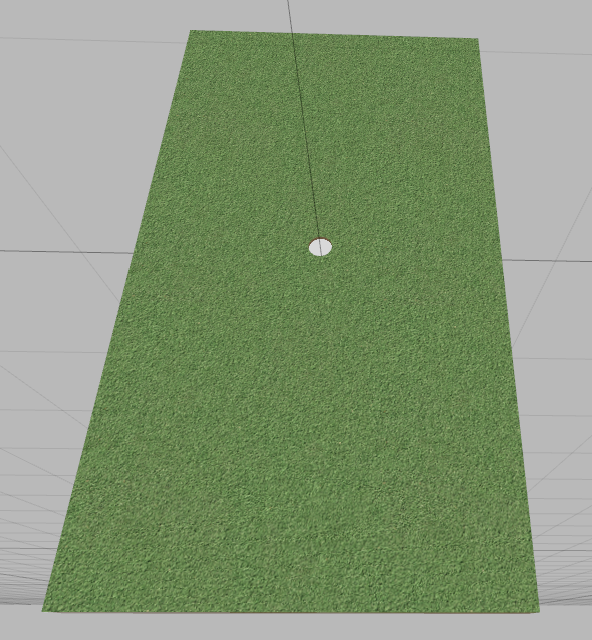I want the help to design the collider shape for a table. This table has a hole at its center. The table mesh file itself has the hole. The collider design should be such way that the ball can fall into this hole.
My thoughts:
I think the concave shape collider will be appropriate as it will be exact replica of the mesh file.
I am looking for some suggestions about what collider shape will be good enough for my requirements.
Golf Course with hole:





